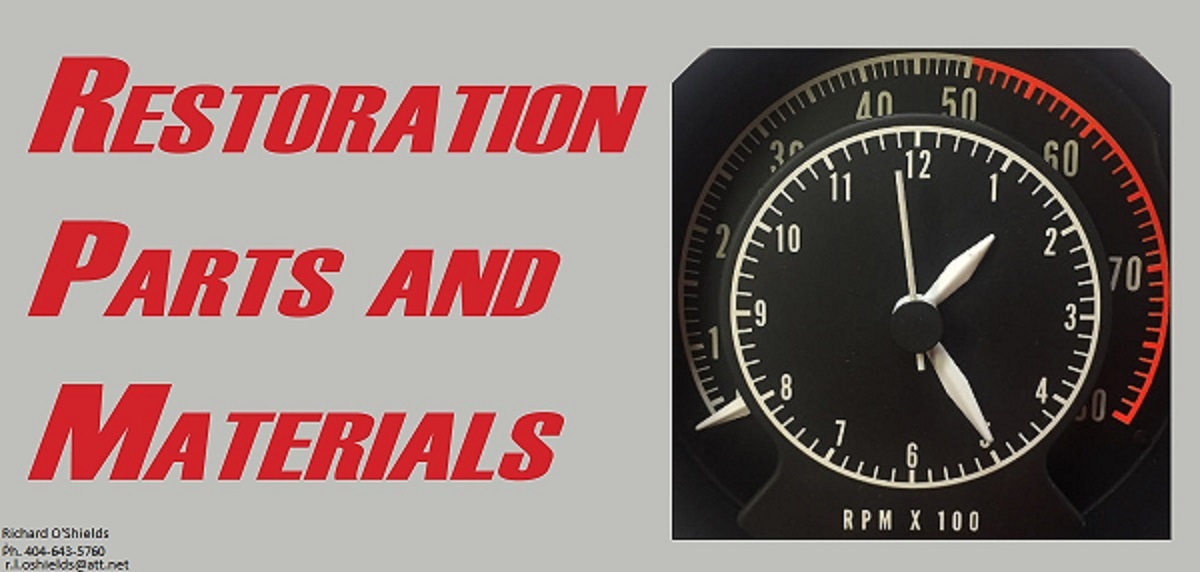If you want to go bigger with a carb, then simply do a little research. You will find CFM calculators that will get you into the ball park as to the size of carb you need. However, these can be generalities. Just because the "formula" says a 500CFM carb is what you need, does not mean a 750CFM carb will not work.
Many things come into play. Cubic inches, cam specs, engine RPM, etc.. I am not sure why a 750CFM Edelbrock carb is too big for a 383 when a 750CFM GM Q-jet was used on the 360? I guess the dual 750 AFB's I had on a past 409CI was way too much and should have never worked - guess my engine didn't know about it so it went along with it. How about the Six Pack on the 340CI - now there is way too much CFM's from the factory. What were those Chrysler engineers thinking?
A smaller carb will provide snappier throttle response in most situations, but peter out and go flat at some RPM because the air flow has maxed out. Engines with bigger carb/CFM's typically turn higher RPM's and need more air, but can sacrifice low speed throttle response which the average car/driver uses more often than high RPM's. So this is where parts need to be matched - engine cubic inches, RPM range, and required CFM's.
So here is my thinking. First, choose a carb with vacuum secondaries for the street. The carb will only use what it needs, so if you over do it a bit, the secondaries will open only as needed at the RPM it is required.
You may have to calibrate the carb to dial it in for your application if you choose to or because it does not seem to perform as you feel it should - sluggish, stalls, has a flat spot, strong smell of unburned fumes out the exhaust pipe, etc. - things that are somewhat obvious. The Edlebrock 1406 is the leaner fuel/economy version for stock type engine versus a richer carb for modified/muscle cars. They also use a different Venturii Booster for economy according to their FAQ section. From their FAQ section: "The 1406 is calibrated lean for fuel economy. In some applications, re-calibration of the carburetor may be necessary for optimum performance. See page 22-23 in the supplied carburetor owners manual. Step # 23 on the calibration reference chart is a good starting point for enriching the air/ fuel mixture." So whichever carb you select, it has different Venturii Boosters, jets, metering rods, step-up springs, etc. - and is tuned for said application.
Personally, I think I would pass on the 1406 only because if I added any performance goodies to my engine, it's design as a "lean" mileage carb could cause performance to suffer in the future.
You can get a tuning kit that offers an assortment of jets, metering rods, step-up springs, etc. to dial in the carb IF needed. If you tinker with cars/carbs, then you can do this yourself. If you are not the mechanical type and are more of just a driver, then you would be best to have the stock carb rebuilt by an expert and let it go at that. But, for me, the fun is working with "things" on the car and the carb can be one of those things. The AFB is pretty much straight forward to work on and easy to make adjustments, and "two-piece body that resists warping and is compatible with gasohol and blended fuels."
Read this guide to familiarize your self with the carb and those things you can play with IF you feel you need to make adjustment -
https://edelbrock-instructions-v1.s3.amazonaws.com/edelbrock/carb-tuning-guide.pdf and this one
https://edelbrock-instructions-v1.s3.amazonaws.com/edelbrock/1406.pdf
I would also read the FAQ section as there is a lot of info in there that can be helpful.
If you need adapters to make the carb work, which seems to be the case, here is a listing with pics-
Edelbrock.com: New Carburetors - Quadrajet Rebuild Kit Jet Spacer Hose Pump
The Edelbrock 1405 600CFM appears to be the performance version - and what I might select if going with a 600 CFM carb. It says this is a manual choke and I am not familiar enough with Mopars to know if this is a problem? You can add an electric choke if needed.
Looking at the Edelbrock AVS2 in 650CFM looks interesting. You may want to check those carbs out. The new designed boosters look to better help fuel atomization and the 650CFM would be in range for your engine.
On the intake, the thing to look for seems to be the lugs/bolt holes for AC. If you plan on pulling off the compressor, then it should not be a problem. You want a dual plane intake vs a single plane intake.
Several posts have brought up the problem of underhood clearances with some intake choices. They can be remedied, but be aware of this.
Read carefully what size of intake runners you are getting. Some of the intakes actually have a smaller runner size by design to increase air velocity speed which can provide better throttle response. But like too small a carb, it can choke down an engine and will hit a wall and go flat on power at "X" RPM's.
Some intakes can be an improvement over stock, but how much? If the stock intake has an RPM rating of idle to 5,200 RPM's, what good is an intake that has an RPM rating of 2,500 to 6,500 if you engine won't ever see 6,500 RPM's AND you lose bottom end acceleration to boot? If you are handy with a die grinder and carbide cutter, you can enhance the factory manifold by cleaning up any casting flash, irregular bumps, and smoothing the intake runners up in general. You can also equalize the intake ports and square them up so they all match, but don't open them up larger than the head inlets as a mismatch can cause turbulence - unless you port both the intake ports and head ports to a match your intake gasket.
Intake choice, like carb choice, is often a matter of opinion and what works for one combination may or may not work for yours. Find engine combinations like ours from other Mopar sites and try to boil it down to a combination you can use.
















